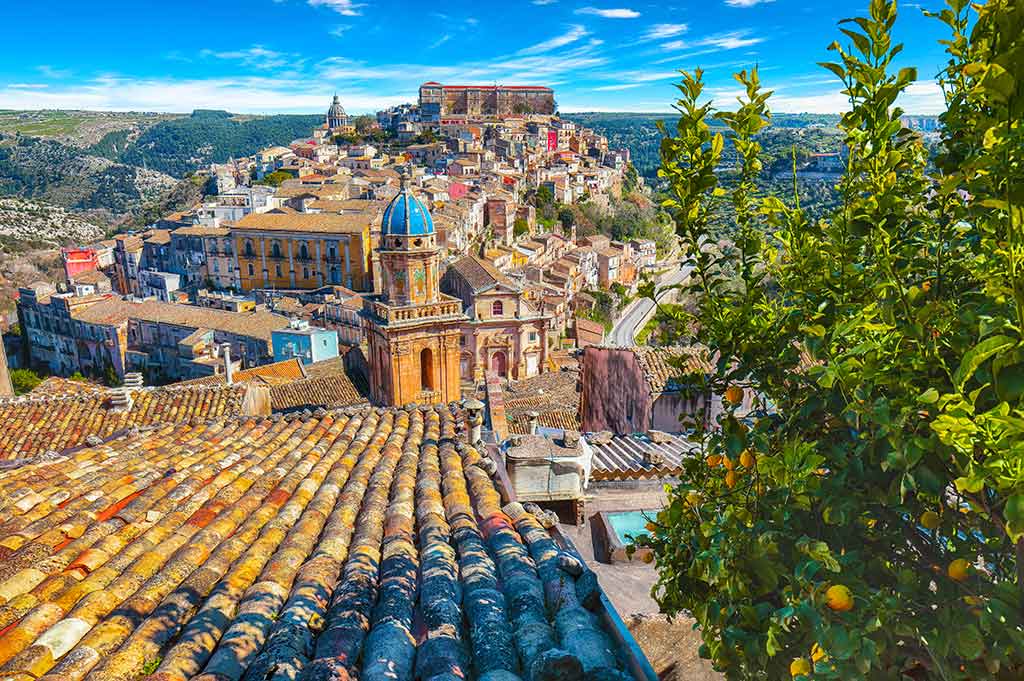Welcome
to Ragusa Italy. If you’are planning to visit Ragusa for your next trip and you are
looking for the best places to visit, here you’ll find tips and suggestions of most
popular point of interest and activities not to be missed in Ragusa and surrounding.
Travelers will appreciate this italian town with
his rich historical and artistic heritage, local culture and environment. Discover the monuments, buildings, natural
treasures and all the details that characterize Ragusa and its territory. Share and suggest a place you've
visited.

View of Ragusa Ibla
In a dominant position on the Hyblaean Mountains and the southernmost provincial capital of Italy, Ragusa has an ancient history marked at the end of the eighteenth century by a terrible earthquake that completely destroyed the city. Its reconstruction, in particular that of the settlement of Ragusa Ibla, led to the creation of an invaluable architectural heritage, in pure Baroque style, enrolled in the list of UNESCO World Heritage as the largest site for the number of buildings surveyed. If that wasn't enough, here are four good reasons to get to know the city:
1) Admire the impressive architecture of the cathedral, dedicated to S. Giorgio is built at the end of the seventeenth century; characterized by a tower façade of majestic beauty, the cathedral is placed at the end of a high staircase, in position oblique to the square below, which accentuates the impression of majesty of the building;
2) See the most touching testimony of the great earthquake of the late seventeenth century, the magnificent Gothic portal of St. George, the only surviving part of the church built in the twelfth century; the building was no longer rebuilt, but the new cathedral of Ragusa Ibla was dedicated to S. Giorgio;
3) Visit the grandiose cathedral of S. Giovanni Battista, built in Ragusa Superiore at the beginning of the eighteenth century, adorned with a facade rich in carvings and sculptures and a majestic bell tower of over 50 meters, on which stands out the great dome of the late eighteenth century;
4) Overcoming the vertigo and walk the three bridges that connect the city with the south side beyond the deep valley of Holy Sunday: the Ponte Vecchio (or of the Capuchins), mid-nineteenth century, the Ponte Nuovo, from the thirties of the twentieth century and 40 meters high, and the Ponte Nuovo, built in a single bold span in the 1960s..
written by Adrian Pulford - Last update: 26/10/2021
This guide has been translated automatically through a third party service. Visititaly offers these automatic translations to help site visitors, however the automatic translations may contain inaccuracies, errors or inaccuracies. You can contact us to report inaccuracies or errors and we will check the translation.